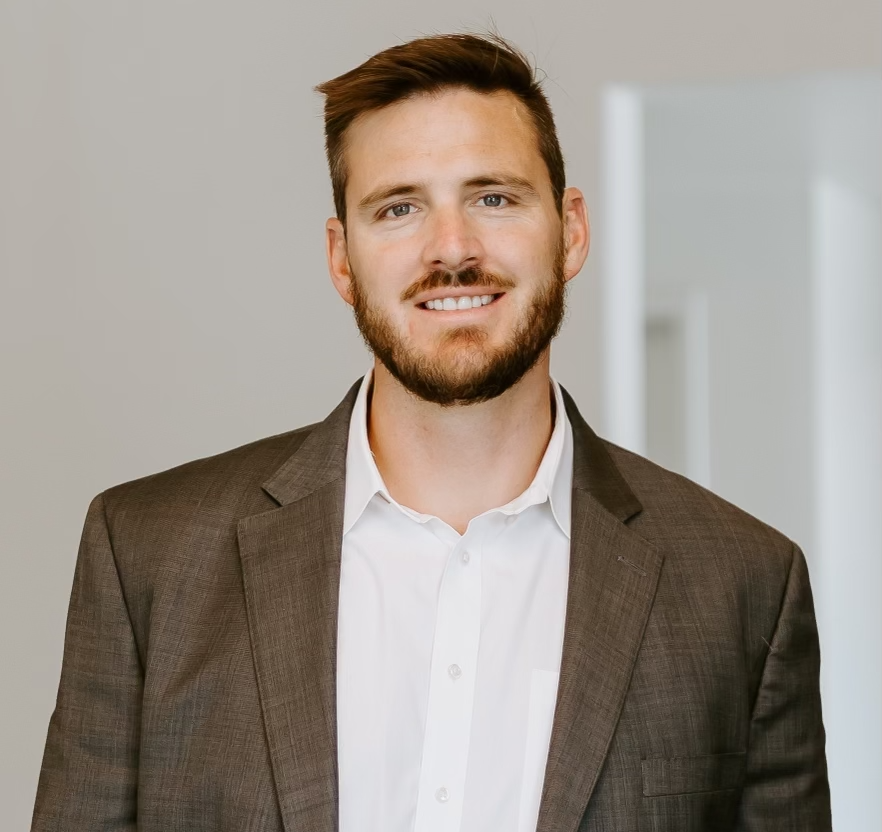The One Number That Makes or Breaks a Housing Project
Every home, community, and real estate deal starts with one number: cost per square foot.
It’s the metric that determines whether a project pencils — or stalls. When build costs outpace rent and sale values, investors lose confidence, developers pull back, and families lose access to attainable housing.
In Western Colorado, that challenge is particularly acute. The National Low Income Housing Coalition reports that a family of four now needs to earn more than $75,000 per year to afford a modest home — up nearly 20% since 2020.
At Fort Homes, we’re tackling that challenge head-on by controlling what drives it. When you control cost per square foot inside a factory environment, you remove the guesswork, reduce risk, and deliver homes that are both profitable for investors and attainable for families.
Why Cost Per Square Foot Matters
Traditional homebuilding in Western Colorado costs $240–$320 per square foot (source: RSMeans 2024).
That’s about 15–20% higher than the U.S. average, due to steep labor shortages, weather delays, and limited build seasons in mountain regions.
By contrast, Fort Homes’ precision-built, factory-controlled process brings that down to $190–$220 per square foot — a 20–25% reduction validated by NAHB’s 2024 Prefab Construction Study.
That $50–$70 per square foot savings is the difference between a project that pencils — and one that dies on the spreadsheet.
In markets like Grand Junction, where the median home price climbed 12% in 2023 to $425,000 (Zillow), controlling that number is everything.
For investors, it means a 6% return becomes 10%.
For families, it means owning a home instead of renting indefinitely.
For an investor, that $75,000 savings increases yield while lowering risk.
For a family earning $60,000–$80,000/year, it brings the home within reach — with payments under 30% of household income, aligning with HUD affordability standards.
That’s the beauty of factory control: efficiency becomes equity.
Scaling the Model: From One Home to 100
Now imagine taking that same precision-built system and scaling it from a single home to a 100-home community.
- 100 homes × 900 sq ft = 90,000 total square feet
- Saving just $50 per square foot equals $4.5 million in project savings
According to the NAHB 2024 Scaling Study, bulk material purchasing and standardized engineering add another 10–15% efficiency, amplifying those gains.
That $4.5 million in savings can be split between lowering sales prices for homebuyers and boosting returns for investors.
It’s the formula for true scalability — one where financial success and community impact are aligned.
Smaller, Smarter Homes: The Future of Attainable Living
The average new American home is 2,235 square feet (U.S. Census 2023). At Fort Homes, we focus on 700–1,000 sq ft — homes that are smarter, not smaller.
Smaller homes deliver:
- Lower total build costs and faster project completion
- Higher $/sq ft resale value (up to +12% premium in the Rockies per Zillow 2024)
- Stronger returns (+1–2% cap rate lift per CBRE 2024)
- A wider buyer pool — up to 25% more qualified buyers under $300,000
Well-designed, energy-efficient homes under 1,000 square feet don’t just provide higher returns — they meet a growing market need.
They give teachers, nurses, and local families a home they can afford without leaving the communities they serve.
The Bigger Picture: Impact + Returns
Fort Homes is built on a simple belief: doing well and doing good can coexist.
By controlling costs inside a precision-built factory, we deliver housing that pencils for investors and works for families.
- Investors: predictable costs, scalable margins, long-term resilience
- Developers: faster cycles, consistent quality, reduced delays
- Communities: attainable homes that strengthen local economies
We’re not theorizing this — we’re building it.
Fort Homes is already developing projects across Western Colorado, leveraging the advantages of our Grand Junction factory to create attainable, sustainable, and profitable housing solutions.
Join Us on the Journey
At Fort + Home, we’re proving that the future of housing isn’t about building bigger — it’s about building smarter.
If you’re an investor, developer, or community partner who believes in doing well while doing good, let’s connect. Together, we can make an attainable housing pencil — one home, one community, and one family at a time.

.png)

.png?width=1200&length=1200&name=Builders%20View-%20BLOG%20(1).png)
.png?width=1200&length=1200&name=Builders%20View-%20BLOG%20(2).png)
